Trinity House: 500 years of protecting sailors
- Published

A typical lighthouse relief by boat and Bosun’s chair at Wolf Rock Lighthouse off Cornwall in 1956
Every day vessels are safely guided around the coast by a charity set up during the reign of Henry VIII. Trinity House is celebrating its 500th anniversary but will there be a role for it to play in the future?
Travelling on a ferry, fishing or pleasure boat you might not realise your safety could be in the hands of a little-known charity.
Trinity House provides almost 600 aids - including lighthouses, buoys, beacons and the latest satellite navigation technology - to help sailors navigate some of the busiest shipping lanes in the world.
Its origins date back to the 16th Century when a group of mariners, angered by the behaviour of others on the River Thames, urged Henry VIII to intervene. He granted a Royal Charter to regulate the movement of vessels and Trinity House was born.
It built its first lighthouse in 1609 and dozens followed. The charity paid for lighthouse keepers to live in them for almost 400 years until the last one became automated in 1998.
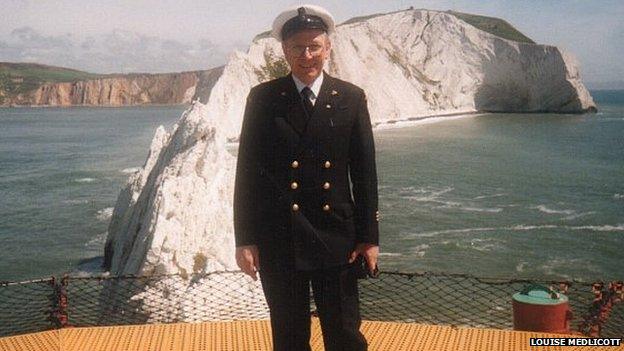
Gordon Medlicott on top of the Needles Lighthouse off the Isle of Wight
For the lighthouse keepers, the job was often dangerous and exhausting work.
"I remember not believing in freak waves, until I was hit by one on rocks below Longstone Lighthouse, in the Farne Islands," said Gordon Medlicott, 73, who was a keeper for 32 years.
"I heard an almighty sound and it came from nowhere. I just had sufficient time to crouch behind a protective rock and hold on. I emerged very wet and very frightened.
"It hit me and I survived it, but I later found out a man had been killed in exactly the same spot a few years before."
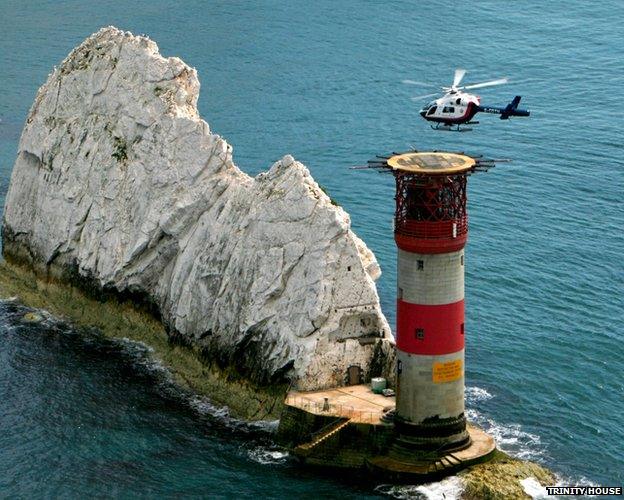
Helicopter landing at the Needles Lighthouse to drop off a maintenance crew and supplies

Trinity House
The charity's first lighthouse was a pair of wooden "leading lights" to help guide ships around treacherous sands at Lowestoft, Suffolk, in 1609
It is the General Lighthouse Authority for England, Wales, the Channel Islands and Gibraltar, responsible for several navigational aids including radar beacons and buoys
Services provided by Trinity House are financed from "light dues" - charges levied on commercial vessels calling at ports in the British Isles
It says it is the UK's largest endowed maritime charity and spends about £4m per year on educating and training future seafarers and promoting safety at sea
Despite reaching its 500th anniversary, it is not the oldest charity in the country - this is thought to be The King's School, Canterbury, whose origins date back to 597

Despite being posted at different corners of the country for weeks at a time, Mr Medlicott, from Wigan, said he had been happily married for 52 years.
"I have two daughters and I would often leave the night before Christmas Eve, but they accepted it was what dad did. You need the support of your family.
"You did think about home, especially on special occasions. There were times when you were down, but you had to pick yourself up."

Gordon Medlicott said the change in technology during his 32-year career was "tremendous"
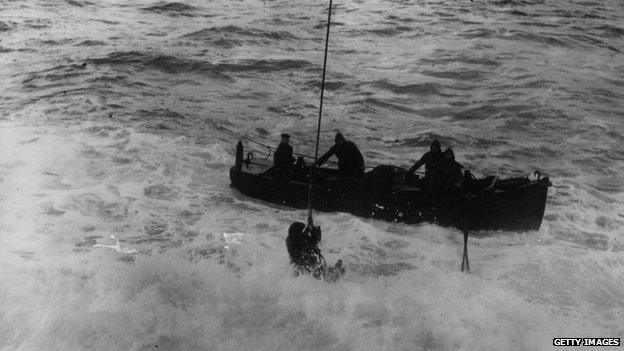
A lifeboat crew member attempts to rescue a Wolf Rock Lighthouse keeper trapped by a storm in 1935
Some of the charity's lighthouses, such as the Eddystone, off Plymouth, are essentially towers built on rocks in the middle of the sea.
"I was never scared or worried about our safety, even on tower rocks like the Wolf Rock, off Land's End and Les Hanois, Guernsey, where they would sometimes rock or shake alarmingly during a storm, and when sea might thunder over the top of the building," said former lighthouse keeper Gerard Douglas-Sherwood.
"I recall a storm becoming so fierce [at South Bishop, Pembrokeshire] we thought the roof might be blown clean away.
"However, we reasoned that the roof had survived intact since 1837 so there was not really much to panic over, but even the window glass was flexing."

The Wolf Rock Lighthouse keeper attaching a fishing line to a kite in an attempt to catch fish in 1939
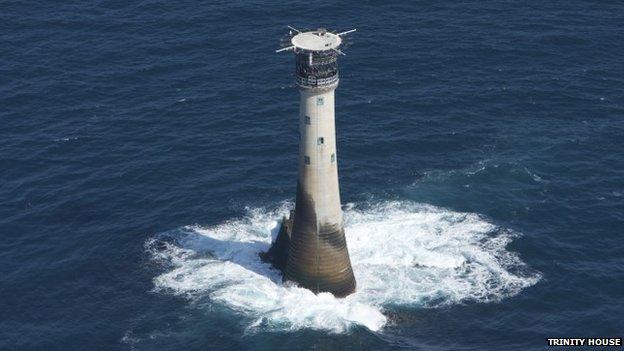
The Wolf Rock Lighthouse is eight nautical miles off Lands End, Cornwall
Mr Douglas-Sherwood, 66, from Bungay, Suffolk, said the biggest misconception was that keepers led a lonely life.
"Each station had a crew of three keepers and a watch was maintained 24 hours a day, 365 days a year, so there was always someone else about," he said.
At Flatholm Lighthouse, in the Bristol Channel, one lighthouse keeper's desire for company was perhaps behind the creation of a menagerie including several tortoises, rabbits and goldfish.
By the 1980s, when Mr Douglas-Sherwood was working there, the sole survivor was a tortoise known as Flash.
"With the run of the island the tortoise kept itself in truly outstanding condition with the keepers giving it an annual health check," he said.
"The many rabbit burrows provided adequate hiding places in which to comfortably hibernate."

Gerard Douglas-Sherwood and Flash the tortoise on Flatholm
After 500 years of "protecting the mariner", Neil Jones, from Trinity House, believes the charity's future is bright, as lighthouses, buoys and light vessels are as "vital as they have ever been".
"The mariner must be able to traverse our coastline with the prospect of the failure of their electronic navigation systems," he said.
"What the next 500 years holds no-one can say for certain, except the sea will continue to play a vital role in maintaining the way of life we all take for granted."
- Published31 October 2014
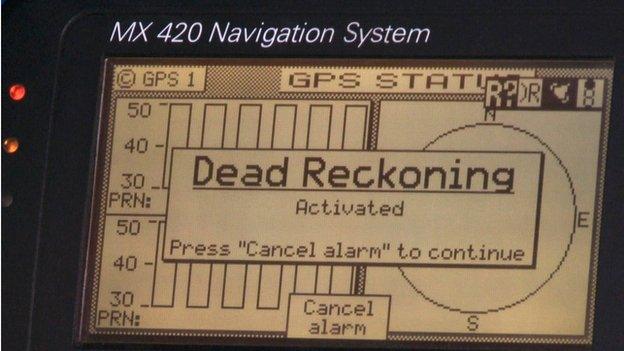
- Published13 April 2014
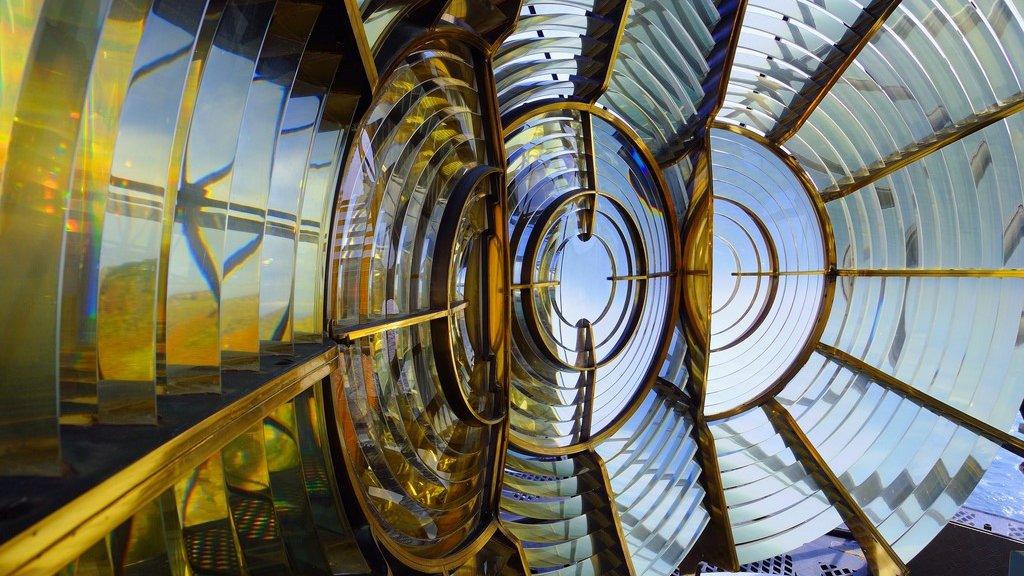
- Published8 October 2013
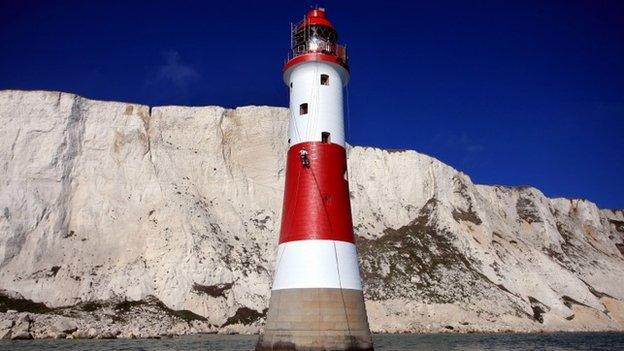
- Published1 February 2011